- Joined
- May 1, 2008
- Messages
- 25,418
- Reaction score
- 4,999
- Location
- UK - England
- Website
- www.deviantart.com
- Can others edit my Photos
- Photos OK to edit


These first two photos confused me and show (as identified by others) a Spectacle (Abrostola tripartita) moth, one which if I'd photographed from the front, I might have shown its distinctive curved patterns on its forewing/shoulders which gives it its common name.
The book also shows it as a much more muted moth, whilst as you can see above its a riot of colours.



And now we have a Peppered Moth (Biston betularia), which can easily be seen as to how it likely got its name with that speckled back. In the background of the second shot of this moth you can see an edge of green which is some of the egg trays that I've used inside the trap which the moths will often perch and hide upon during the night.


A step up in size for a hawk moth, this is a Pine Hawkmoth (Hyloicus pinastri). I am always pleased to get some of the bigger hawk moths in the trap and was especially pleased to get a photo of this one as on the day he was particularly active (it was a warm night and morning so many of the moths were very active). In fact this moth was so active in general that it would not let go of the pencil which I'd used to tease it out of the trap (where it had already had a good few attempts to fly around inside).


Finally we have a Mother of Pearl (Pleuroptya ruralis) which is a tricky moth which, because of its size, is often thought to be a macro moth, but is actually classified as a micro moth - an order of moths that are much smaller (typically). I've seen them in the past with a much more pearl colouring and thus this one threw me for a while because of its much more yellow hue.
All taken with a Canon 7D and Sigmar 70mm f2.8 macro lens. Any comments/thoughts/critiques are most welcome on these moths.




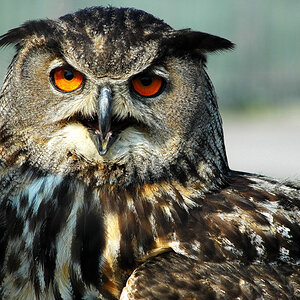

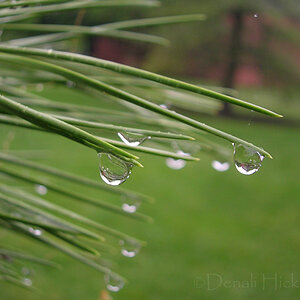



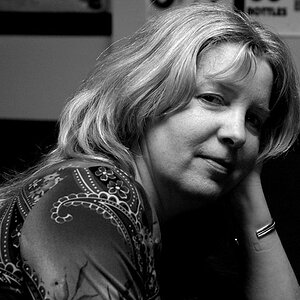
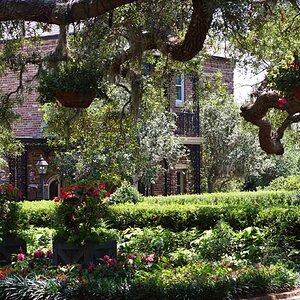
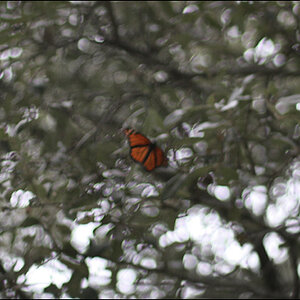
![[No title]](/data/xfmg/thumbnail/35/35968-01893eeb6a205c00827118fe5bb79703.jpg?1619737286)